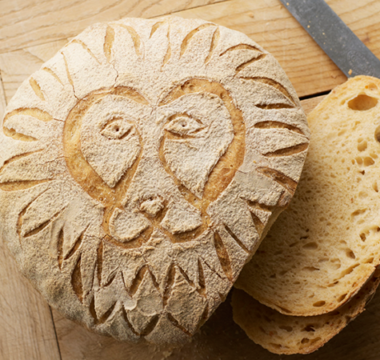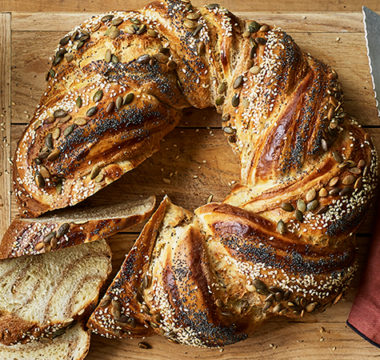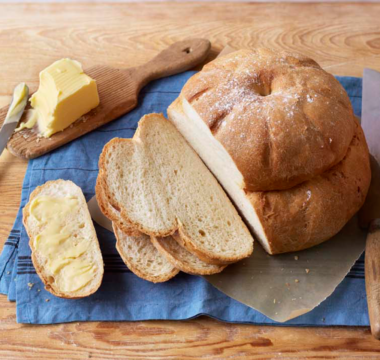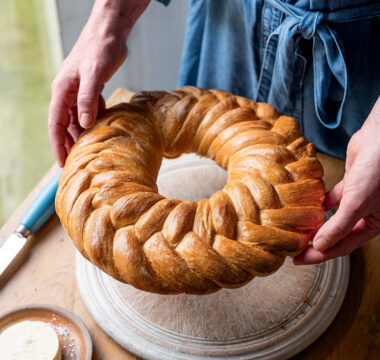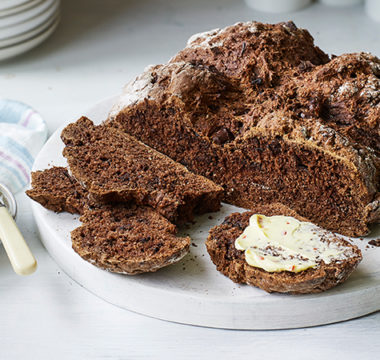Create your own bubbling starter to make your own sourdough loaves. Though keeping a sourdough starter requires a little attention, the process itself is straightforward and you can use the discarded starter in many recipes from cookies to crumpets.
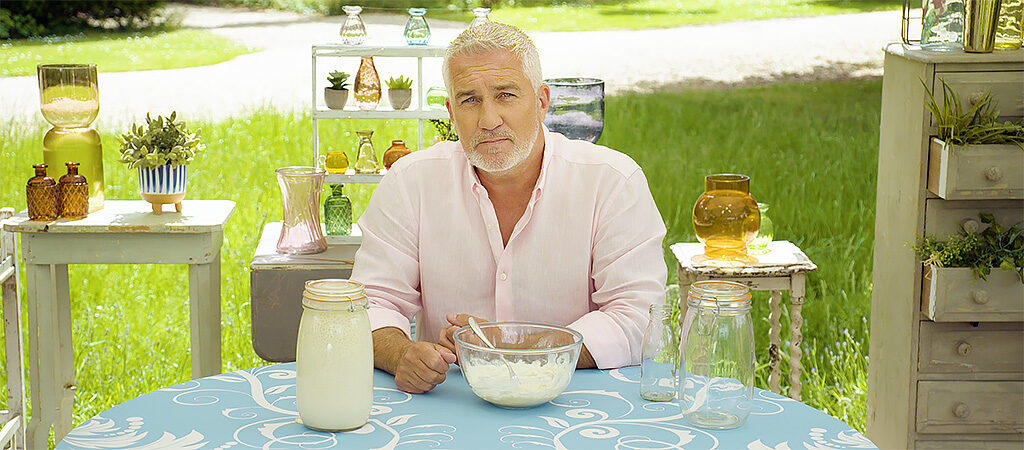

Paul Hollywood
Series 15
- VG
- Ingredients
- Method
Method
Step 1
Day 1: Using a fork, mix the flour and water together in a bowl to form a thick paste. Transfer to a large jar, seal and leave to ferment at room temperature (ideally 20–24°C, 68–75°F) for up to two days. The mixture should start to froth up.
Step 2
Day 3: Open the jar: there should be a distinctive sour (not unpleasant) aroma. Discard half of the mixture then add 60g flour and 60ml tepid water and stir together until no flour can be seen. Seal the jar again and leave to ferment again for 24 hours.
Step 3
Day 4: Your starter should be risen and forming bubbles now – within the 24 hours. Throw away half of the mixture away and feed with another 60g flour and 60ml water. Stir together as before, re-seal and leave to rise again overnight.
Step 4
Day 5: You should have an active starter now, with bubbles on the top and throughout. This indicates that it is ready to use. An active starter should have a sweet smelling aroma, similar to yoghurt.
If there are few bubbles and/or the starter appears to have risen and fallen (marks on the side of the jar suggest this), your starter is inactive and you will need to feed it again, as on day 4, to stimulate fermentation.
Step 5
Storing and using your starter
Once your starter is active, you will need to feed it (as above) after each use. If you bake regularly, keep it at room temperature. If you bake infrequently, keep the jar in the fridge to slow down the starter’s activity. A brown liquid may form on the top while it is in the fridge; discard this and feed with more flour and water (as above).

